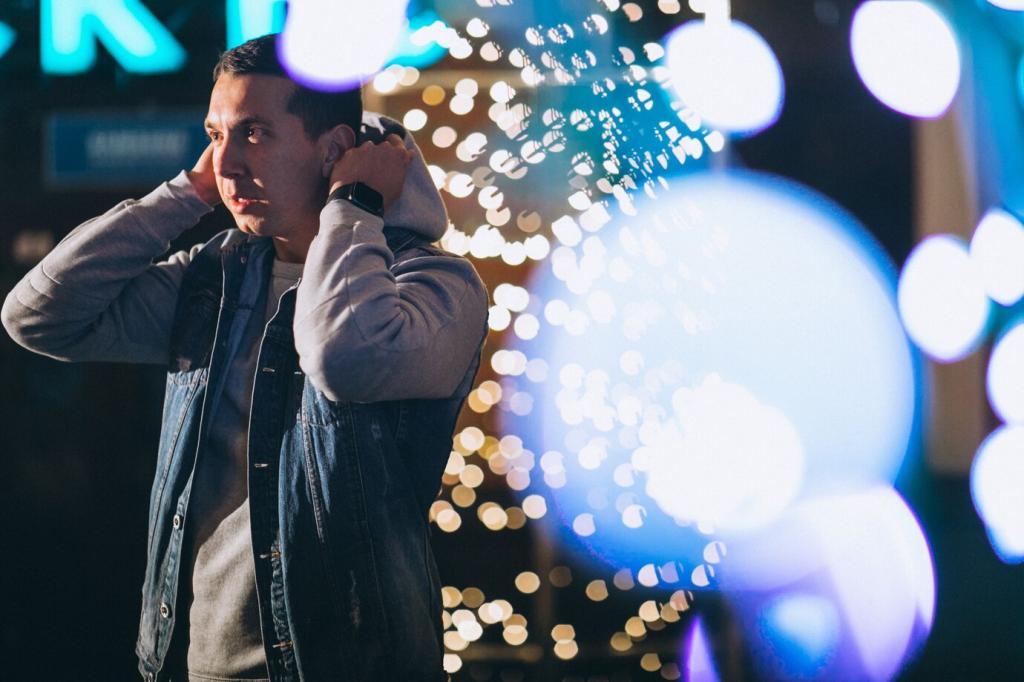Tips for Balancing Brightness and Ambiance at Night Events
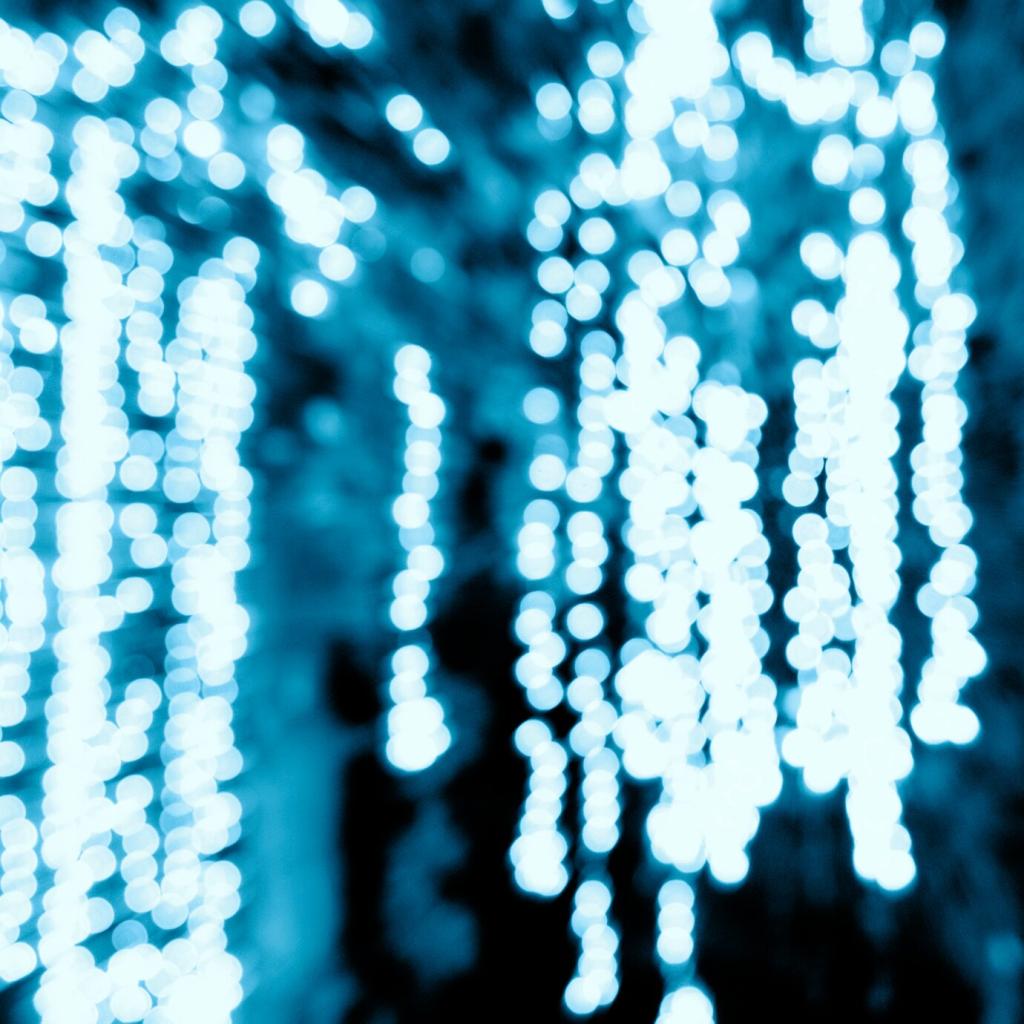
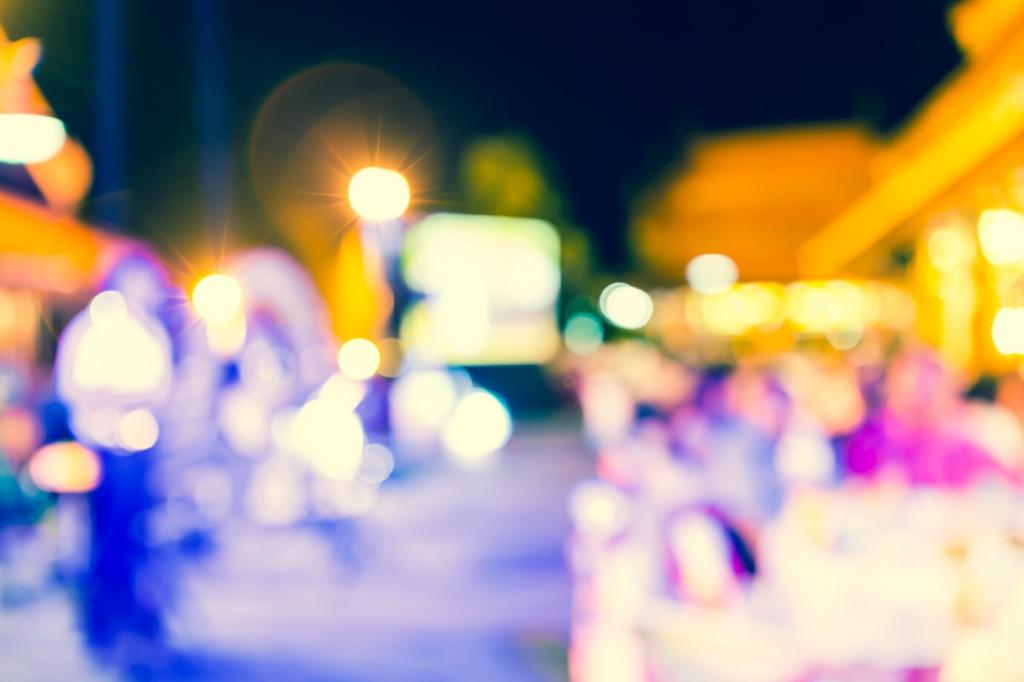
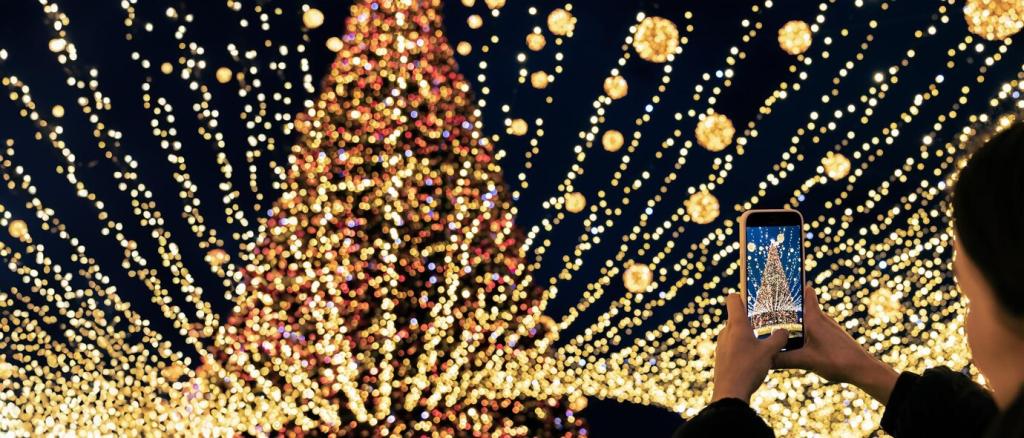
Practical Layers You Can Build Tonight
Start with soft string lights, shaded lanterns, or gentle wall washes to define boundaries and establish mood. Keep bulbs frosted or filament-style to reduce glare. Use multiple small sources, not one intense fixture, so brightness feels even and guests never squint crossing the space.

Simple Lux Targets That Work
Aim roughly 10–30 lux for ambient zones, 30–50 lux along paths, and 100–150 lux at bars or buffets. These ranges keep eyes comfortable while ensuring menus and steps stay readable. Test with a phone lux app, then trust how the space feels to real people.
Dimmers, Zones, and Timers
Put ambient, task, and accent lighting on separate dimmable circuits. Start brighter during arrivals, then fade to a cozy level once guests are settled. Timers or cues let you shift mood with music changes or speeches, keeping energy alive without jarring brightness jumps.
Color Rendering and Cameras
Choose high-CRI (90+) fixtures so skin tones and fabrics look true, not gray or green. Photographers will thank you. If video is key, ask about TLCI and flicker behavior, especially with dimmed LEDs. Better rendering means you can run lower levels and still look fabulous.
Stories from Real Night Events
At a courtyard wedding, the new festoon strings were brilliant—too brilliant. Guests squinted, and photos looked washed. We added inline dimmers, dropped intensity by half, and instantly the courtyard felt romantic. Same bulbs, softer output, completely different mood and far happier faces.
Stories from Real Night Events
A skyline gala battled glass glare from surrounding towers. We switched to low-angle washes and shaded table lamps, then flagged fixtures with simple black cards. The result: city sparkle stayed in the distance while the party glowed gently, letting conversations breathe without reflections fighting for attention.
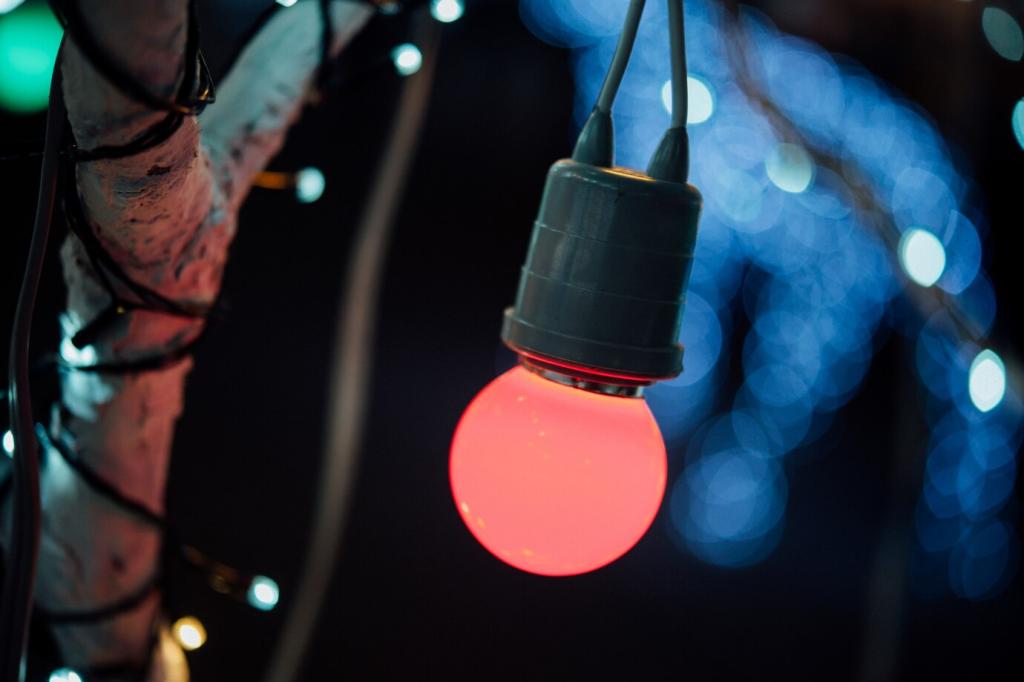
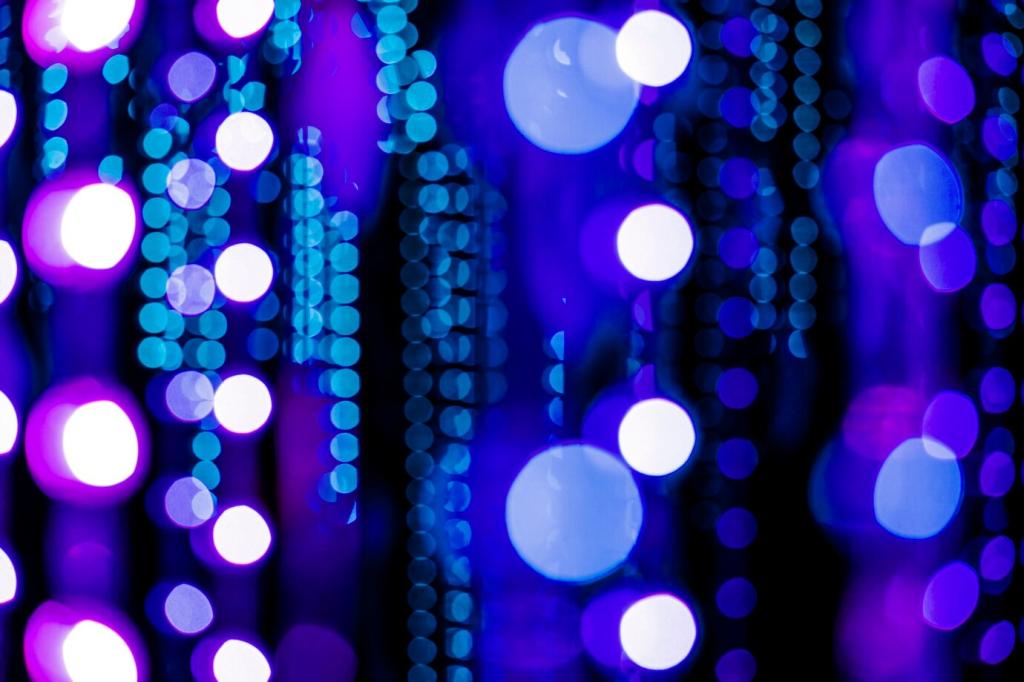
Designing Mood with Color, Candles, and Angles
Use warm whites and gentle dimming to mimic firelight, but avoid heavy amber gels that muddy details. A soft 2400–2700K sets intimacy while keeping eyes alert. If you want drama, add subtle color to walls or trees, keeping dining and faces consistent and clean.
Tea lights, votives, and hurricane candles give living sparkle, while dimmable LEDs provide reliable baseline light. Balance both: let candles dance on tables, and use hidden LEDs for reading and walking. This combo survives the breeze, photographs well, and maintains romance all night.
Glare kills ambiance. Angle fixtures downward, use shades, and tuck lights behind foliage or beams. Guests should see glow, not bulbs. Even simple clip-on visors or parchment diffusers can transform a harsh point into a velvety pool that flatters faces and food.
Guest Journey, Safety, and Comfort
Welcoming Entrances That Whisper “Come In”
Guide guests with lantern clusters, warm doorway washes, and a gently brighter threshold that eases eyes from street to celebration. Avoid blinding marquee bulbs at eye level—tilt or shade them. First impressions determine whether people exhale or brace themselves.
Conversation Nooks That Feel Private
Create pockets of intimacy with low-level table lamps, shaded candles, and soft perimeter light. Keep backgrounds slightly darker so faces pop without raising overall brightness. A few quiet corners invite heartfelt talks while the dance floor keeps its sparkle and energy.
Accessibility and Wayfinding
Use readable signage with high contrast, not just decoration. Light steps and edges with warm, low-glare strips. Ensure ramps and restrooms are clearly marked. Comfort is inclusive design—when navigation is effortless, guests focus on each other, not the obstacles in their way.
Photo-Ready Ambience
Keep light sources broad and soft around faces—draped string lights, shaded lamps, or bounced washes. Avoid heavy top-down shadows that carve eye sockets. Gentle front fill at low intensity preserves mood while preventing raccoon eyes and keeps candid smiles camera-ready.
